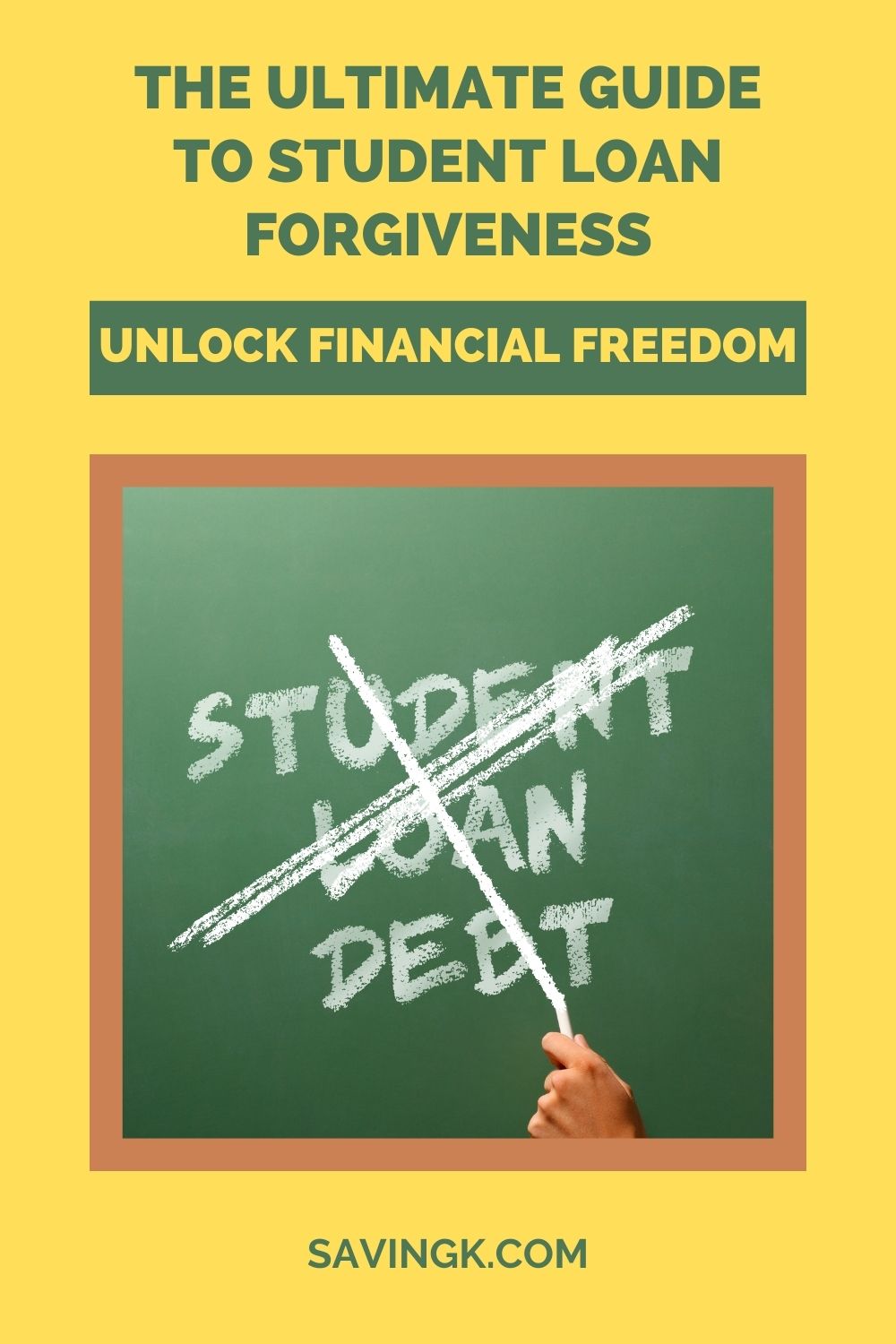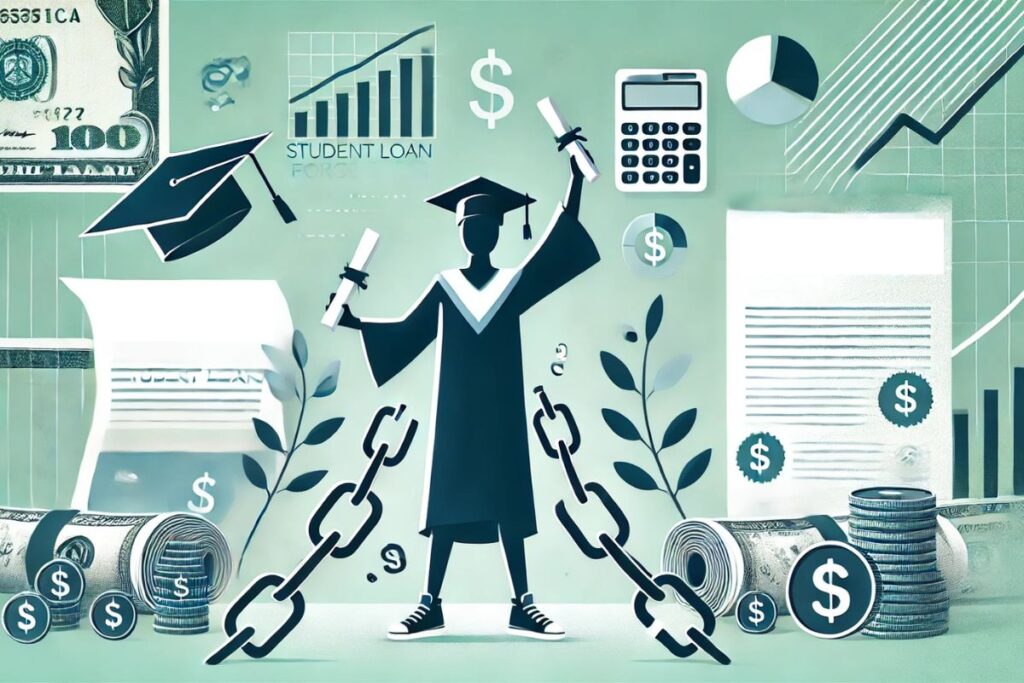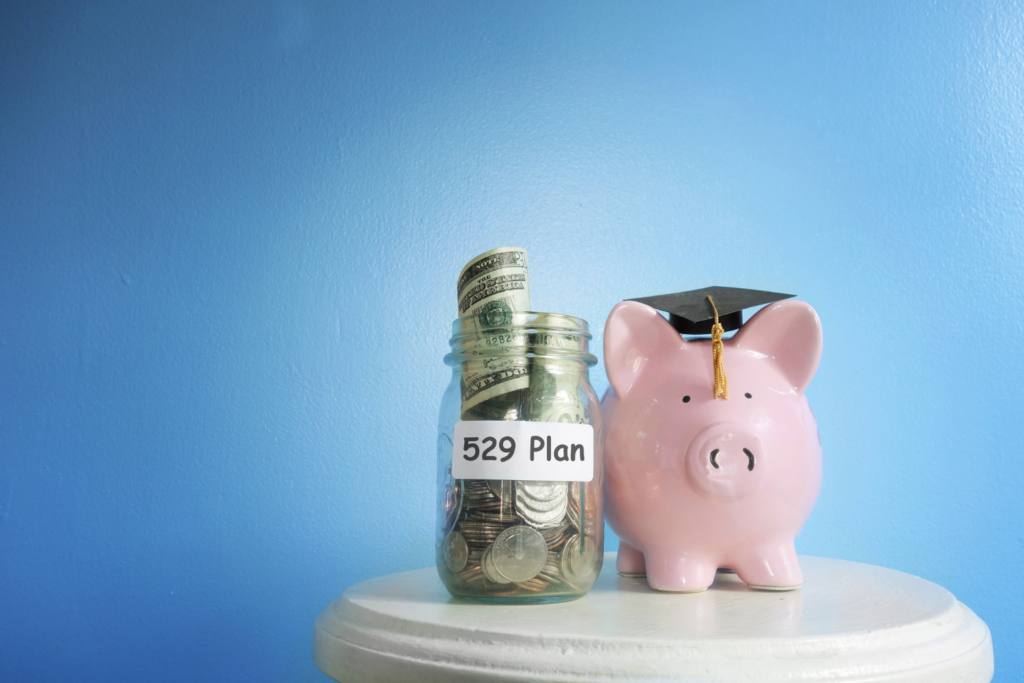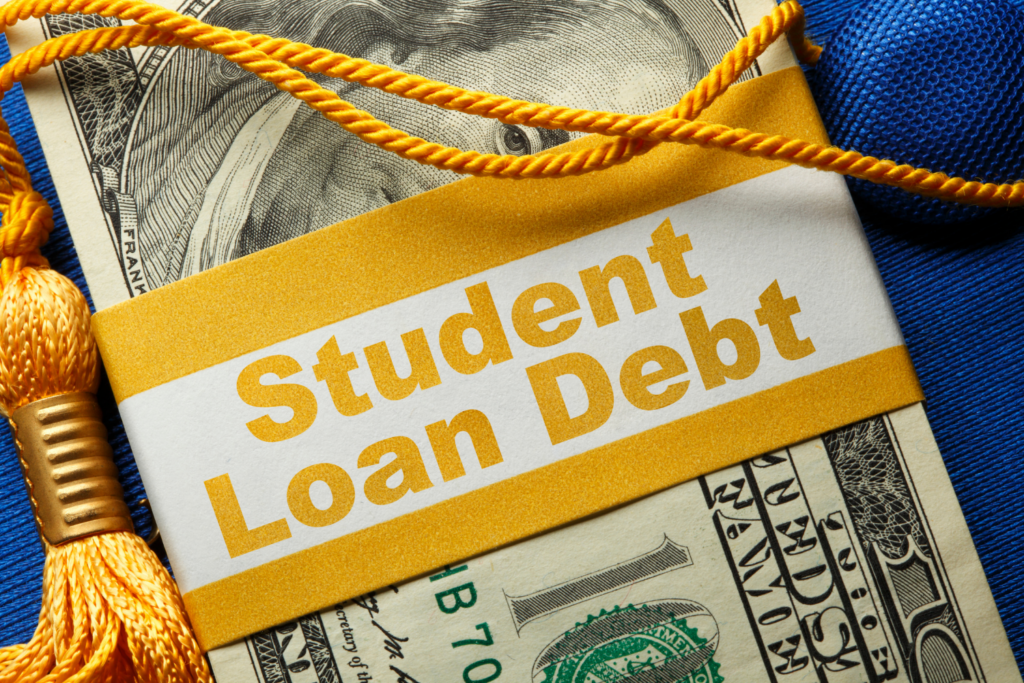
Did you know that student loan debt in the United States has surpassed $1.7 trillion? That’s more than credit card debt and auto loans combined! But here’s the kicker: millions of borrowers might be eligible for student loan forgiveness without even realizing it. If you’re drowning in student loan debt, this could be your lifeline.
Student loan forgiveness is like a get-out-of-debt-free card for college graduates. It’s a program that releases borrowers from repaying part or all of their federal student loan debt. Imagine waking up one day and finding out that thousands of dollars of your debt have vanished. Sounds too good to be true, right? Well, it’s not a fairy tale – it’s a real possibility for many borrowers.
Now, before you start dreaming about all the things you could do with that extra money, let’s dive into the nitty-gritty of how student loan forgiveness actually works.
Contents
Types of Student Loan Forgiveness Programs
There’s not just one path to student loan forgiveness – there are several! Each program has its own set of rules and requirements, so it’s like a choose-your-own-adventure book for your finances.
Public Service Loan Forgiveness (PSLF)
If you’ve got a heart for public service, this one’s for you. PSLF is the golden ticket for those working in government or non-profit sectors. Here’s the deal:
- You need to make 120 qualifying monthly payments (that’s 10 years of payments)
- You must work full-time for a qualifying employer during those 10 years
- Only federal Direct Loans qualify
Sounds simple, right? Well, it’s a bit trickier than that. The devil’s in the details, and with PSLF, there are a lot of details to keep track of.
Income-Driven Repayment (IDR) Forgiveness
Not everyone’s cut out for public service, and that’s okay! IDR plans are another way to get your loans forgiven. These plans adjust your monthly payments based on your income and family size. After 20 or 25 years (depending on the plan), any remaining balance gets wiped clean.
There are four main IDR plans:
- Income-Based Repayment (IBR)
- Pay As You Earn (PAYE)
- Revised Pay As You Earn (REPAYE)
- Income-Contingent Repayment (ICR)
Each plan has its own formula for calculating your monthly payment, but they all lead to the same destination: forgiveness.
Teacher Loan Forgiveness
Teachers, listen up! If you’ve been shaping young minds in a low-income school or educational service agency for five consecutive years, you could be eligible for up to $17,500 in loan forgiveness. It’s like a thank-you note from the government for your dedication to education.
Eligibility Criteria: Are You on the Nice List?
Now that you know about the different forgiveness programs, you’re probably wondering if you qualify. Let’s break it down:
For Public Service Loan Forgiveness:
- You must have federal Direct Loans
- You need to work full-time for a qualifying employer (government organizations, non-profits, or the U.S. military)
- You have to make 120 qualifying monthly payments
For Income-Driven Repayment Forgiveness:
- You must have federal student loans
- Your income and family size determine your eligibility and payment amount
- You need to recertify your income and family size annually
For Teacher Loan Forgiveness:
- You must teach full-time for five consecutive years in a low-income school or educational service agency
- You need to have Direct Subsidized and Unsubsidized Loans, or Subsidized and Unsubsidized Federal Stafford Loans
Remember, private student loans are like the black sheep of the family – they don’t qualify for federal forgiveness programs. If you’ve got private loans, you’ll need to look into other options like refinancing or negotiating with your lender.
How to Apply: Your Step-by-Step Guide
Applying for student loan forgiveness isn’t like applying for a credit card – you can’t just fill out a quick online form and be done with it. It’s more like preparing your taxes; it requires patience, attention to detail, and maybe a cup of coffee (or three).
For Public Service Loan Forgiveness:
- Make sure you have Direct Loans. If you don’t, consider consolidating your federal loans into a Direct Consolidation Loan.
- Enroll in a qualifying repayment plan (hint: income-driven plans are your best bet).
- Use the PSLF Help Tool to document your employment and track your progress.
- Submit the PSLF form annually or whenever you change employers.
- Keep making those qualifying payments until you hit 120.
- Submit the PSLF application once you’ve made 120 qualifying payments.
For Income-Driven Repayment Forgiveness:
- Choose an IDR plan that works for you.
- Submit the IDR plan request form online.
- Recertify your income and family size annually.
- Make your payments for 20 or 25 years.
- Apply for forgiveness once you’ve reached the end of your repayment term.
For Teacher Loan Forgiveness:
- Complete five consecutive years of teaching at a qualifying school.
- Fill out the Teacher Loan Forgiveness Application.
- Have your school’s chief administrative officer certify your eligibility.
- Submit the application to your loan servicer.
Tips for Success: Don’t Let Your Forgiveness Slip Away
Navigating student loan forgiveness can feel like trying to solve a Rubik’s Cube blindfolded. But don’t worry, I’ve got some tips to help you stay on track:
- Keep meticulous records: Document everything – your payments, your employment, your communications with your loan servicer. Treat it like you’re building a case for a courtroom drama.
- Stay in touch with your loan servicer: They’re not just there to collect your money. They can provide valuable information about your forgiveness options.
- Don’t miss payments: A single missed payment can reset your progress clock. Set up automatic payments if you can.
- Recertify on time: For IDR plans, forgetting to recertify your income and family size annually can have serious consequences.
- Be patient: Loan forgiveness is a marathon, not a sprint. It can take years to see results, but the payoff is worth it.
- Beware of scams: If someone promises to forgive your loans for a fee, run the other way. Legitimate forgiveness programs are free to apply for.
The Future of Student Loan Forgiveness: What’s on the Horizon?
The landscape of student loan forgiveness is constantly evolving. Recent changes include a one-time adjustment to count certain periods toward IDR forgiveness. This means some borrowers might be closer to forgiveness than they thought!
While President Biden’s ambitious debt relief plan was blocked by the Supreme Court, the government is still exploring new approaches to tackle the student debt crisis. It’s like watching a high-stakes chess game, with millions of borrowers eagerly awaiting the next move.
Wrapping It Up: Your Path to Financial Freedom
Student loan forgiveness isn’t just a pipe dream – it’s a real possibility for millions of borrowers. Whether you’re a public servant, a teacher, or simply someone struggling with high monthly payments, there’s likely a forgiveness program out there for you.
Remember, knowledge is power when it comes to student loan forgiveness. Stay informed, keep track of your progress, and don’t be afraid to ask questions. Your future self will thank you when you’re debt-free and ready to take on the world.
So, are you ready to kiss your student loans goodbye? It’s time to take the first step on your journey to financial freedom. Who knows? In a few years, you might be the one sharing your success story and inspiring others to tackle their student debt head-on.
The featured image for this article was generated interactively by Dall-E from OpenAI.





